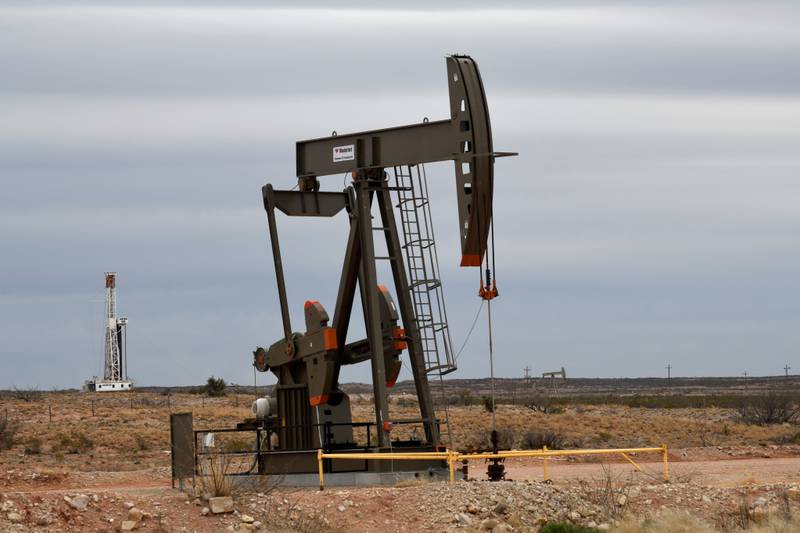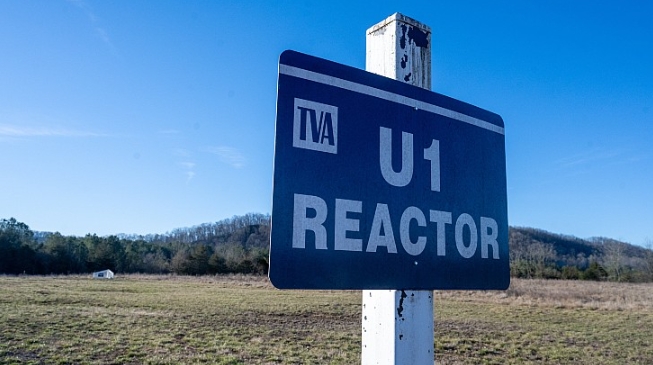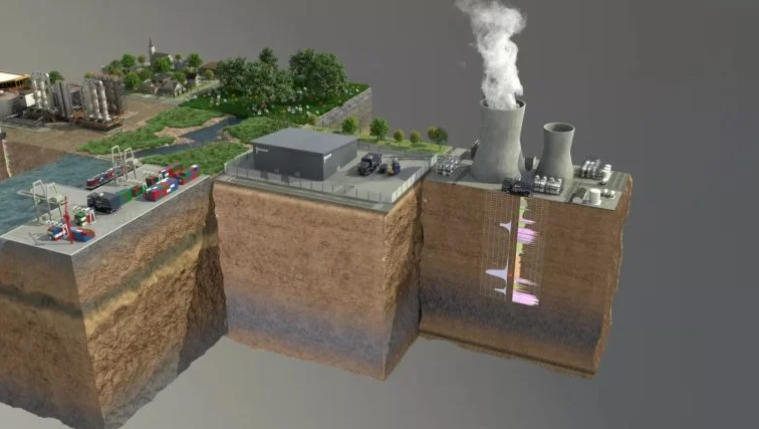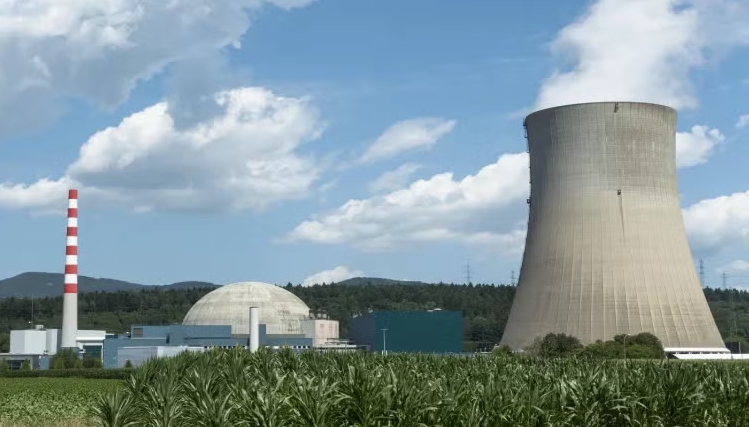
Tight oil output from the US could jump by 2.2 million barrels per day if crude prices trade around or above $100 per barrel, driven by growing demand and continued supply constraints.
Total output from the core producing regions of the US, including Permian, Eagle Ford, Niobrara, Bakken and Anadarko, reached 7.7 million bpd in the fourth quarter of 2021, and is expected to rise further as oil prices edge higher, according to Oslo-based research company Rystad Energy.
“If oil prices reach and remain around $100 per barrel, total production from these core regions would hit 9.9 million bpd by the fourth quarter of 2023, marking a 2.2 million bpd surge from the same quarter in 2021,” it said.
Production is expected to surpass the 2019 high of 8.1 million bpd by the second quarter of this year and expand further if a “supercycle” — an extended period of high prices — materialises.
Oil prices have remained buoyant in recent months and have rallied to their highest since 2014 on tighter supply, higher demand and production constraints. Geopolitical tensions related to Ukraine are also supporting prices.
Brent, the global benchmark for two thirds of the world's oil, was trading at $93.95 per barrel at 3.04pm on Tuesday, while West Texas Intermediate, the gauge that tracks US crude, was at $92.80 per barrel.
Total unconventional output — including oil, gas and natural gas liquids from the core producing regions of the US — has already returned to pre-Covid-19 levels, totalling around 15.6 million barrels of oil equivalent per day in the fourth quarter of 2021, according to the report.
Output is expected to continue climbing and reach an all-time high of more than 16 million boepd by end-March.
“There is a marked change happening now in the Permian and some other basins, with industry sentiment becoming buoyant again,” Rystad said.
“Various supply chain bottlenecks might delay the uptick in activity, but they will not act as a complete showstopper as the industry has repeatedly demonstrated that all such bottlenecks get resolved in time.”
Looking at different scenarios, a price range between $70 and $100 per barrel would lead to a significant upsurge in output in the fourth quarter of 2022, while a prolonged run of $90-$100 per barrel would result in a further increase to the already recovering rig activity from the second quarter of this year, Rystad said.
In a $40 per barrel scenario, production will return to 2021 levels by 2024.
“The developments in Eastern Europe will be crucial for the global market as Russia is one of the biggest crude oil producers with a capacity of about 11.2 million bpd,” Rystad Energy’s senior oil market analyst Nishant Bhushan said.
“Any disruption of oil flows from the region would send Brent and WTI prices skyrocketing higher far above $100, in a market struggling to supply the increased demand for crude as economies recover from the pandemic.”
JP Morgan, the largest lender in the US, predicts Brent will “overshoot” to $125 a barrel this year and $150 in 2023 due to underinvestment in the oil and gas sector.
The International Energy Agency expects oil demand to rise by 3.2 million bpd this year to reach 100.6 million bpd as global economies recover from the pandemic.







